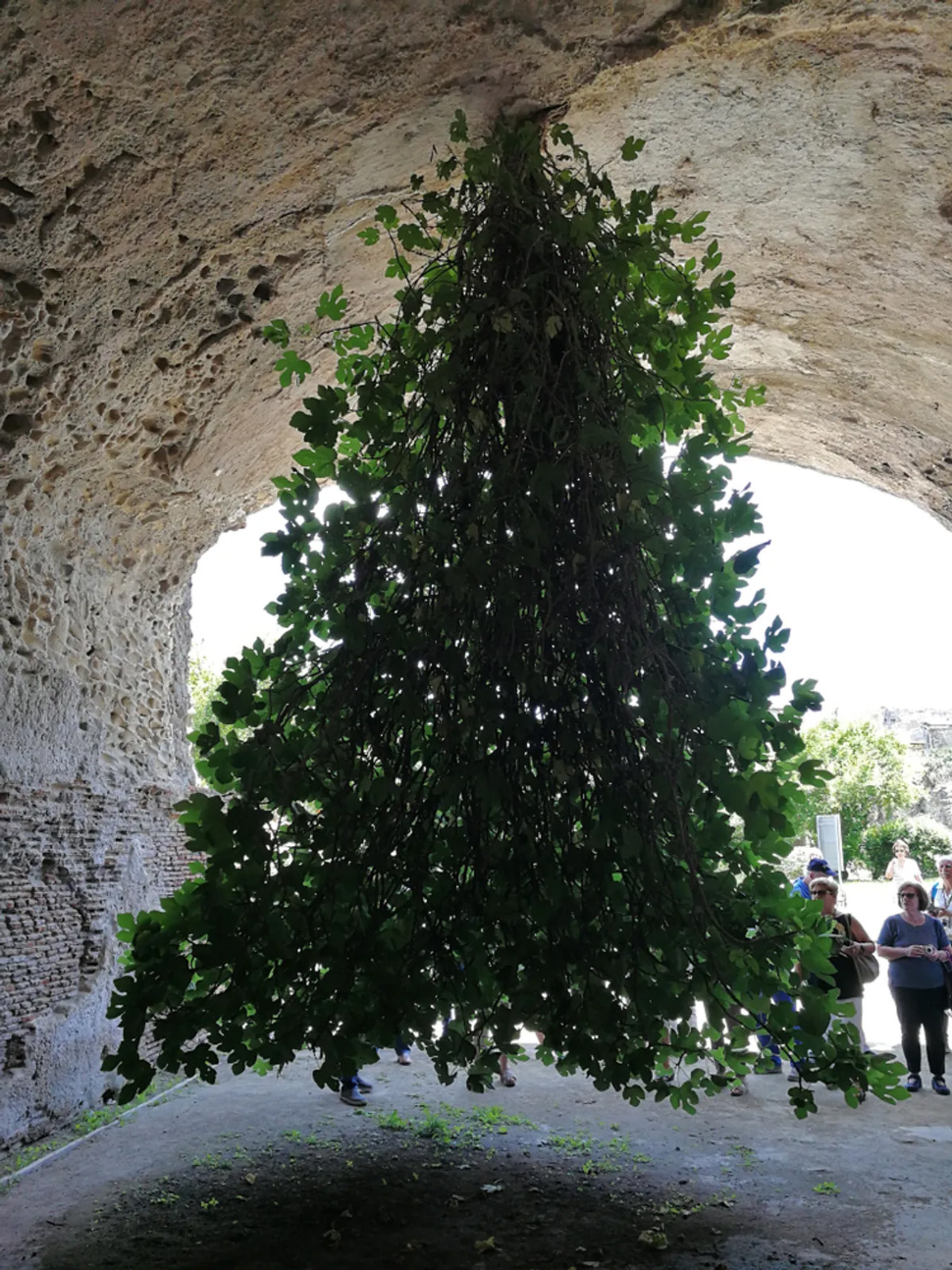Located in Naples, Italy, within the modern city of Bacoli, visitors to the ruins of Baiae may encounter a botanical setting resembling Stranger Things’ The Upside Down.
Here is a fig tree growing in the opposite direction from the ceiling of a cave in the Parco Archeologico delle Terme di Baia. Even botanists have not yet figured out exactly how the gravity-defying tree came into existence. But this doesn’t seem to slow the tree down as it continues to grow and bear fruit, albeit downwards.

The ancient Roman city of Baiae was a vibrant and popular vacation spot for the ruling class during its heyday. The vast undersea archaeological park, now partially submerged, is described by archaeologists as the Monte Carlo of ancient Rome, where once the homes of emperors such as Augustus, Caesar and Nero were located.
Baiae, a hive of activity, was also actively volcanic. For several centuries, undulations of the Earth’s crust in the region triggered hydrothermal and seismic activity that caused much of the city to slide below the coastline.
This impressive city was not lost in the 1940s, thanks to a pilot who noticed something unusual under the waves just off the coast of Naples. Although the photographs taken by the pilot appeared to show structures in the ocean, it would have taken the researchers twenty years to travel in submarines to get a closer look at what was going on.
While the famous inverted fig tree is among the Roman ruins above ground in Parco Archeologico delle Terme di Baia, visitors can watch the sunken city with glass-bottom boat tours drifting over the ancient archaeological ruins.